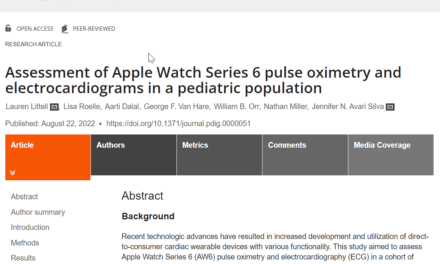In 2012, Tara Rynders, a registered nurse in Denver, was devastated when her sister was diagnosed with acute disseminated encephalomyelitis, a rare condition affecting the spinal cord and brain. Her once vibrant 26-year-old sister suddenly fell into a coma, unable to move or speak.
Rynders, feeling helpless as both a nurse and sister, stayed by her sister’s side in the ICU. When her sister eventually woke up, she couldn’t speak, and no treatment seemed to help. But Rynders found another way to connect: she danced.
Blasting Miley Cyrus’ “Party in the U.S.A.,” she danced around the hospital room, determined to make her sister smile. The result was a breakthrough—her sister began to vocalize emotions, a powerful mix of grief and joy, breaking through the silence of her condition. For both of them, it was a moment of healing.
Rynders isn’t alone in recognizing the therapeutic power of dance. Across the country, doctors and nurses are turning to movement as a way to heal, relieve stress, and improve mental health. The movement is gaining ground at a time when mental health issues are increasingly prevalent. According to the CDC, more than 1 in 5 adults in the U.S. live with mental illness, and a 2022 survey revealed that 90% of Americans believe the nation is experiencing a mental health crisis.
Recent studies back up the healing effects of dance. A 2024 study from the University of Sydney found that dance offers psychological and cognitive benefits, improving everything from depression to motivation to emotional well-being. The BMJ published a study in February comparing various mental health interventions and found that dance consistently outperformed other therapies, offering significant reductions in depression.
The benefits are not limited to structured dance routines; freeform, spontaneous movement has also been shown to help with depression, anxiety, and trauma. A 2021 study found that 95% of participants who simply let their bodies move, regardless of technique, reported mental health improvements.
Deborah Cohan, an obstetrician from San Francisco, experienced firsthand the transformative power of dance after being diagnosed with invasive ductal carcinoma in 2013. After struggling with the news of her breast cancer diagnosis, Cohan turned to dance for comfort, even dancing in the operating room before her mastectomy. Her surgical team joined in, and the video of the joyful moment has been viewed over 8 million times.
“Dancing allowed me to embrace all my emotions at once,” said Cohan, who now runs retreats for women with breast cancer. For her, dancing became a way to maintain agency over her body, a stark contrast to the often regimented experience of medical treatment. “By bringing in dance, it felt really radical that my health care team was doing my thing, not the other way around,” she reflected.
Rynders, who later founded The Clinic, an organization offering dance workshops for healthcare professionals, believes that dance can be a way to offer comfort when no medicine can. For her, dancing with patients is a way to connect deeply and remind them—and herself—that sometimes, healing is about presence and movement, not just medical interventions.
“We don’t always need to be fixed,” Rynders said. “Sometimes we just need to be with one another. And sometimes, the best way to do that is by dancing till the tears roll down your cheeks.”
The growing recognition of dance as a therapeutic tool reflects a shift in how we approach healing—one that honors the power of movement, joy, and human connection in times of illness and grief.












